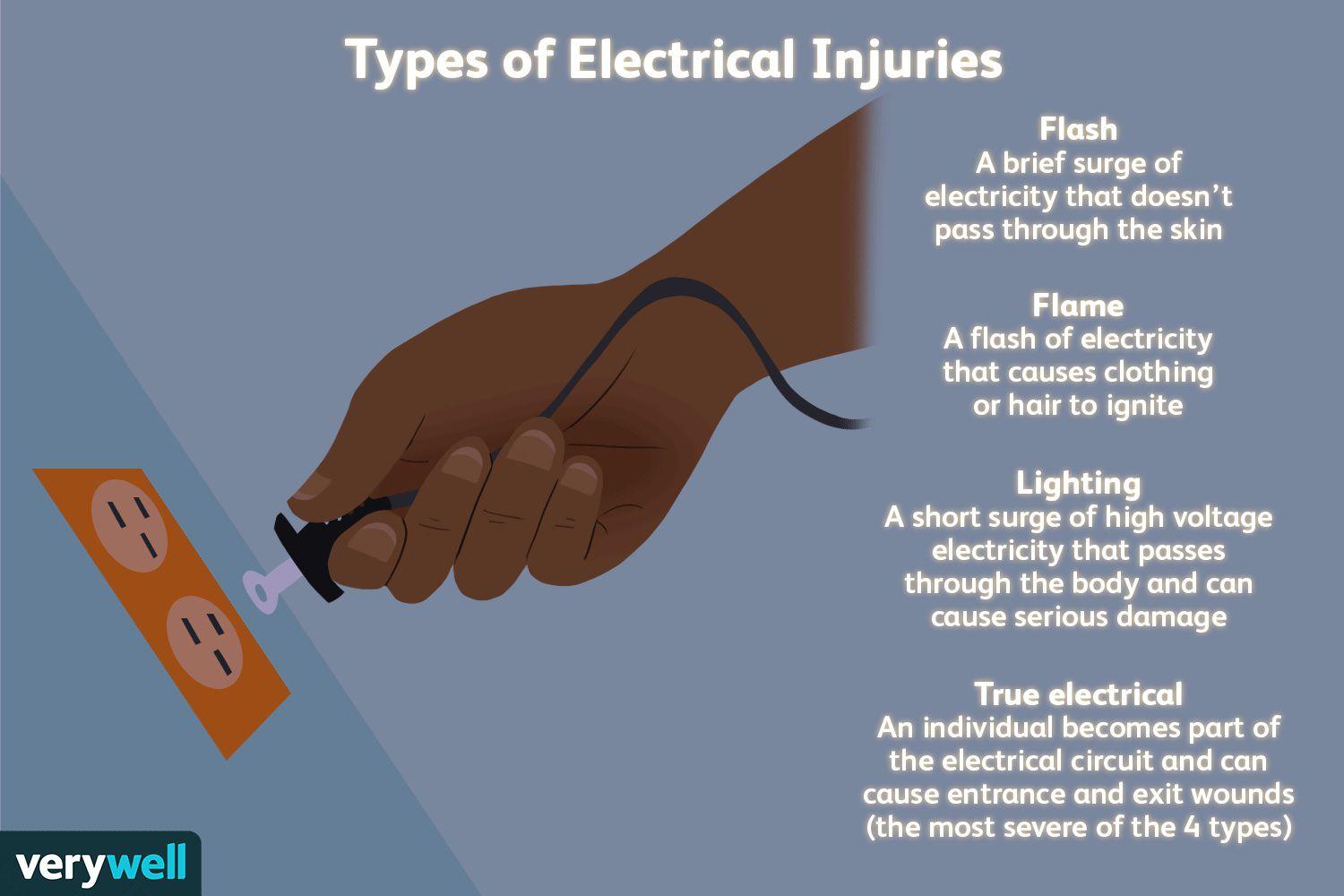A nurse is giving a preoperative patient a dose of famotidine ( Pepcid). The patient asks why the nurse is giving this drug when the patient has no history of ulcers. What response by the nurse is best?
“All preoperative patients get this medication."
“The physician prescribed this medication for you."
"It helps present ulcers from the stress of the surgery."
“Since you don't have ulcers, I will have to ask."
The Correct Answer is C
A. “All preoperative patients get this medication.” This statement is too broad and not entirely accurate. While many preoperative patients do receive famotidine (Pepcid), it’s not a standard for all. Medications are prescribed based on individual patient needs and medical history.
B. “The physician prescribed this medication for you.” While this is technically true, it doesn’t provide the patient with an understanding of why the medication is necessary. As a nurse, part of your role is to educate patients about their medications.
C. “It helps prevent ulcers from the stress of the surgery.” This is the correct answer. Famotidine (Pepcid) is given to decrease the amount of acid produced in the stomach, which can help prevent stress ulcers that can occur due to the physical stress of surgery.
D. “Since you don’t have ulcers, I will have to ask.” This statement suggests uncertainty and a lack of knowledge about the medication’s purpose. It’s important for healthcare professionals to understand the medications they administer and be able to explain them to patients.
Nursing Test Bank
Naxlex Comprehensive Predictor Exams
Related Questions
Correct Answer is A
Explanation
A. Electrical burns can have small amounts of skin damage, but more extensive damage beneath the skin.
This response is the best choice because it educates the client about the potential for deeper tissue damage associated with electrical burns. It acknowledges that while the burn on the skin may appear small, the damage underneath could be more extensive, affecting muscles, nerves, and blood vessels.
B. Electrical burns commonly cause reddened/purplish skin without blistering.
This statement is not the best response because it focuses solely on the appearance of the skin without addressing the potential for deeper tissue damage. While it is true that electrical burns can present with reddened or purplish skin without blistering, this response does not provide comprehensive information about the nature and severity of electrical burns.
C. Electrical burns typically are minor.
This response is incorrect because it downplays the seriousness of electrical burns. While some electrical burns may indeed be minor, others can cause significant tissue damage and complications. It's important for the nurse to educate the client about the range of severity that electrical burns can present.
D. Electrical burns usually cause much more skin damage than what can be seen on your skin.
This statement is partially accurate but does not provide as much information as choice A. While it acknowledges that electrical burns can cause more damage than what is visible on the skin's surface, it doesn't emphasize the potential for deeper tissue damage as effectively as choice A does.

Correct Answer is B
Explanation
A. Infection: While infection can certainly delay wound healing and contribute to the development of chronic wounds, it is more of a local factor rather than a systemic cause. Infections can hinder the normal healing process and lead to tissue damage, inflammation, and prolonged wound healing.
B. Malnutrition
A chronic wound is a wound that fails to progress through the normal stages of healing in an orderly and timely manner. Systemic factors can significantly impact wound healing, and malnutrition is one such systemic cause. Malnutrition, which refers to an inadequate intake or absorption of nutrients essential for healing, can impair the body's ability to repair tissues, fight infection, and generate new cells.
C. Continued pressure: Prolonged pressure, such as that experienced in pressure ulcers, can lead to tissue ischemia (lack of blood flow) and tissue necrosis, resulting in chronic wounds. However, this is considered a local factor related to the specific site of the wound and pressure-related damage.
D. Venous insufficiency: Venous insufficiency can cause chronic wounds, particularly venous ulcers, due to impaired venous return leading to increased pressure in the veins of the lower extremities. This pressure can result in tissue damage and poor wound healing. While venous insufficiency is a systemic condition, it primarily affects specific areas of the body (such as the lower legs) and is more directly related to the development of localized chronic wounds in those areas.
Whether you are a student looking to ace your exams or a practicing nurse seeking to enhance your expertise , our nursing education contents will empower you with the confidence and competence to make a difference in the lives of patients and become a respected leader in the healthcare field.
Visit Naxlex, invest in your future and unlock endless possibilities with our unparalleled nursing education contents today
Report Wrong Answer on the Current Question
Do you disagree with the answer? If yes, what is your expected answer? Explain.
Kindly be descriptive with the issue you are facing.
